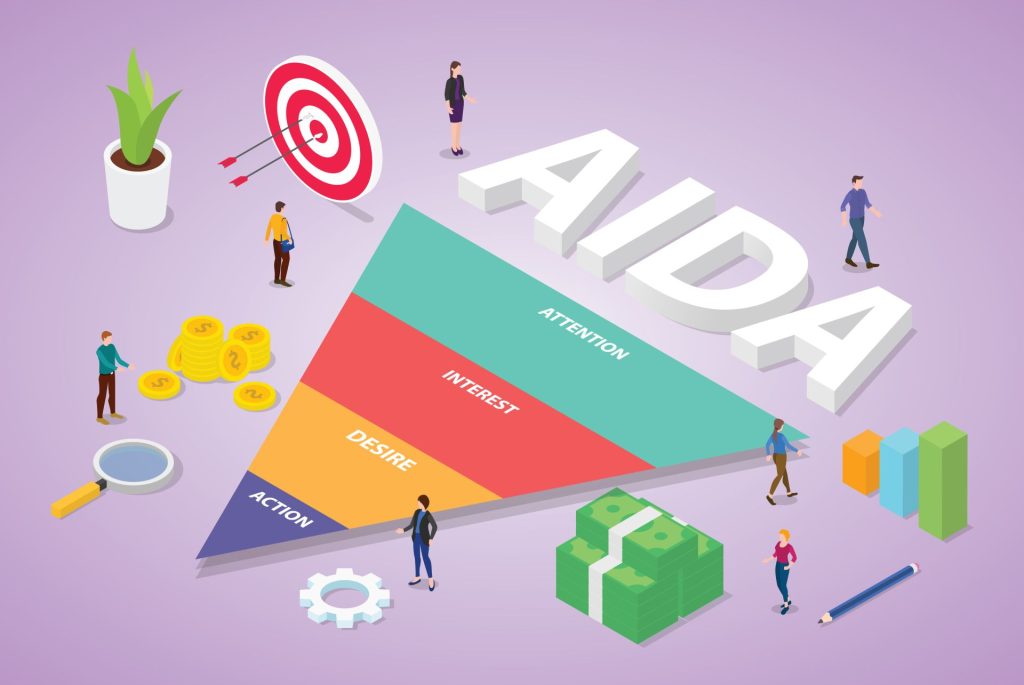With the popularity of online shopping and the constant accessibility of everyone, the opportunities in marketing have become more diverse. There are many strategies and ways to market a product or service and reach people. However, two concepts broadly summarize important online marketing strategies: push marketing and pull marketing. They play a significant role in the development of functional advertising strategies.
In this article, we explain the differences between push and pull marketing and provide examples to illustrate how companies can use them in their marketing communications.
The Difference Between Push and Pull Marketing
The goal of push and pull marketing is essentially the same: to reach as many potential customers as possible and persuade them to make a purchase. However, the strategies differ in their approach.
Push marketing, also known as “pressure marketing,” refers to a strategy where products or services are actively “pushed” to end customers. The aim is to communicate the offer as directly as possible to potential customers to promote sales.
Push marketing pursues a very aggressive way of advertising. Advertisements are used to make potential customers aware of a product. Typically, they have not heard of this product before. Thus, advertising is pushed onto users. Advertising, both online and offline, is suitable for this purpose. Push marketing is probably one of the oldest marketing concepts that still succeed today.
Pull marketing, also referred to as “attraction marketing,” aims to create demand for a product or service so that customers actively seek out and want to purchase the offer. This strategy focuses on building a brand and creating customer loyalty, leading to natural demand in the long term. Pull marketing often utilizes content and experiences that customers find valuable to generate interest and excitement for the brand.
With pull marketing, the emphasis is on targeting proactive customers who are already in search of a product like yours. These potential customers are “pulled” to your site, as they are already in the market for a product like yours. It’s crucial that your company is easily found online. There are various strategies to increase your visibility on the web, such as SEO, optimized landing pages, and optimized content.
How to Implement Push Marketing
Push marketing is ubiquitous in everyday life, seen and heard everywhere. Advertising on the radio, flyers in mailboxes, posters on billboards, and catalogs; all of these belong to push marketing. Various types of advertisements are used to encourage potential customers to make a purchase. First, they need to be made aware that your product exists. Simultaneously, the presentation ideally is so compelling that the desire to purchase also increases. In online marketing, social media ads play a crucial role in push marketing. This includes banner advertising on websites. However, newer advertising methods such as leveraging influencers can also increase brand awareness, depending on the product.
Examples of push marketing, whose participants are more likely to be higher up in the sales funnel (see AIDA model):
- Social media marketing: Building a community around the brand that engages and retains customers through interaction and engagement.
- Influencer marketing: Collaborating with influencers to promote products or services within their networks.
- Trade shows and exhibitions: Presenting products in places where buyers actively seek solutions.
- Email marketing: Targeted emails to a list of subscribers with the aim of promoting new products or offers.

ADVANTAGES | DISADVANTAGES |
|
|
|
|
|
|
How to Implement Pull Marketing
Pull marketing is typically more subtle than push marketing. There are no ads urging people to buy products or use services. With pull marketing, you rely on the existing interest of potential customers. These individuals often use search engines to specifically look for a certain product. In most cases, they already have some knowledge or have made a preliminary selection. Through search engine optimization (SEO), you capture the attention of customers because your website appears among the top search results. Now, the goal is to keep users on your site and convince them of your product’s value. Blog posts, informative social media accounts, or whitepapers are popular forms of content for achieving this objective.
Examples of pull marketing, targeting participants who are typically further down the sales funnel (see AIDA model):
- Content Marketing: Providing useful, informative, or entertaining content that naturally attracts potential customers, such as through search engines.
- Search Engine Optimization (SEO): Optimizing the website and content to rank higher in search engine queries.
- Search Engine Advertising (SEA): Placing ads in search engines to be found by interested customers.

ADVANTAGES | DISADVANTAGES |
|
|
|
|
Differences between Push and Pull Marketing Summarized:
- Audience targeting: Push marketing aims to reach a broad audience directly and often unsolicited. Pull marketing, on the other hand, builds relationships with a more specific audience that has already shown interest.
- Communication approach: Push marketing relies on direct and often interruptive advertising formats, while pull marketing focuses on providing value and building relationships.
- Time horizon: Push marketing can achieve short-term sales success, while pull marketing aims for long-term success through brand building, memory effects from repeated customer contacts, and customer retention.
- Sales funnel: Push marketing is more commonly used above the funnel and at the Attention and Interest stages in the AIDA model, while pull marketing tends to focus more on the actual purchase stage at the Desire and Action stages in the AIDA model.

Is Push or Pull Marketing Right for Me?
Generally, every successful marketing strategy includes a mix of push and pull marketing campaigns with an overarching campaign structure. The ratio of how much you should use each strategy depends on several factors, including the online behavior of your target audience, the product, or the sales value. If your product is in high demand and already has a certain level of brand awareness, working more with pull marketing naturally makes sense. On the other hand, push marketing helps smaller, lesser-known brands generate more leads and sales with new products.
In any case, a marketing strategy should be developed. Using a marketing agency yields the greatest results. They bring experience and the necessary know-how to maximize the results from your advertising budget. Contact us today!





